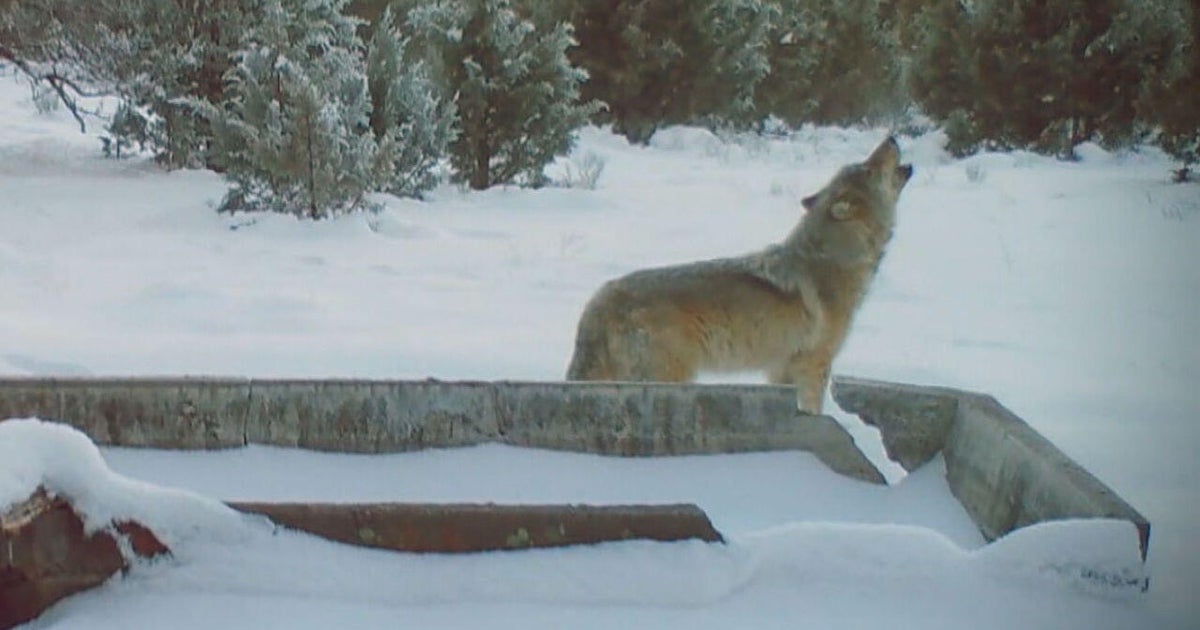Rising Wolf Populations in California: A Challenge for Cattle Ranchers
As wolf populations increase in California, the state’s cattle ranchers are grappling with profound economic challenges. The resurgence of these apex predators is not only reshaping the ecological landscape but also intensifying the conflict between wildlife preservation and agricultural practices. This dynamic scenario raises critical questions about the future of ranching in California and the balance between conservation efforts and economic viability.
The Resurgence of Wolves
The gray wolf (Canis lupus) was extirpated from California by the mid-20th century due to habitat loss and persecution. However, thanks to rigorous conservation efforts and legal protections, these animals have begun to re-establish themselves in the northern regions of the state. The California Department of Fish and Wildlife (CDFW) reported in its 2022 annual report that the wolf population has grown to approximately 20 individuals, primarily in Siskiyou and Modoc counties, with packs forming and expanding their territory.
The Economic Impact on Ranchers
The increasing presence of wolves poses a significant threat to cattle ranchers, who rely heavily on livestock for their livelihoods. Reports indicate that predation events have risen sharply, with ranchers experiencing losses that can amount to thousands of dollars annually. A recent study by the University of California, Davis, highlighted that ranchers in areas with active wolf populations reported a 10-15% loss in calf production due to predation.
- Increased Insurance Premiums: To mitigate risks, ranchers are turning to livestock insurance, which has seen a surge in demand, consequently raising premiums.
- Changes in Grazing Practices: Many ranchers are altering grazing strategies, such as moving cattle to more secure areas or investing in protective measures like guard dogs, which come at an additional cost.
- Emotional and Psychological Strain: Beyond the financial implications, the constant threat of predation creates stress for ranchers and their families, leading to a decline in mental well-being.
Conflict Between Conservation and Agriculture
The rise in wolf populations has sparked heated debates among various stakeholders. Conservationists argue for the ecological importance of wolves in maintaining healthy ecosystems, which control deer populations and promote biodiversity. In contrast, ranchers emphasize their economic dependence on livestock and the need for viable solutions to coexist with these predators.
California’s legislative framework aims to strike a balance, but the reality on the ground often feels skewed. The California Wolf Management Plan, established in 2015, provides guidelines for managing wolf populations and mitigating conflicts. However, ranchers feel that the measures are insufficient to address their immediate concerns and losses.
Innovative Solutions and Future Prospects
As the conflict escalates, innovative solutions are emerging to address the challenges posed by rising wolf populations. Some ranchers are exploring non-lethal deterrents, such as:
- Livestock Guardian Animals: The use of llamas, donkeys, and specially trained dogs has shown promise in protecting herds from predation.
- Fencing and Infrastructure: Investing in stronger fencing and enclosures can deter wolves from accessing grazing cattle.
- Community Collaboration: Establishing partnerships between ranchers and conservationists can foster dialogue and create shared strategies for cohabitation.
Additionally, some ranchers are advocating for compensation programs that fairly reimburse them for livestock losses due to wolf predation. Such initiatives could alleviate some financial burdens and encourage ranchers to adopt more conservation-friendly practices.
The Way Forward
As California continues to grapple with the implications of rising wolf populations, the path forward will require collaboration, understanding, and innovative problem-solving. Policymakers must listen to the voices of ranchers while also recognizing the ecological significance of wolves. Only through cooperative efforts can California hope to achieve a sustainable balance that honors both agricultural livelihoods and wildlife conservation.
The future of ranching in California hinges on finding common ground between these two vital interests. As the state navigates this complex landscape, proactive engagement and adaptive management will be key to ensuring that both cattle ranchers and the growing wolf populations can coexist harmoniously.
See more CCTV News Daily


